What Is Sem Scanning Electron Microscope ?
A scanning electron microscope (SEM) is a type of microscope that uses a focused beam of electrons to create high-resolution images of the surface of a sample. It works by scanning the sample with a finely focused electron beam, which interacts with the atoms in the sample and produces various signals. These signals are then detected and used to generate an image of the sample's surface.
SEM offers several advantages over other types of microscopes, such as a higher resolution and a larger depth of field. It can provide detailed information about the topography, composition, and morphology of a wide range of materials. SEM is widely used in various fields, including materials science, biology, geology, and forensics, for studying the microstructure of samples at a very fine scale. It has become an essential tool in scientific research and industrial applications.
1、 Principle of Operation: Electron Beam Generation and Focusing
The scanning electron microscope (SEM) is a powerful imaging tool used in various scientific fields to observe the surface morphology and composition of samples at high resolution. It operates on the principle of electron beam generation and focusing.
In an SEM, a beam of electrons is generated by an electron gun, typically using a heated filament or a field emission source. The electrons are accelerated towards the sample by applying a high voltage. The beam is then focused onto the sample using electromagnetic lenses, which control the electron trajectory and convergence. The focused electron beam scans across the sample in a raster pattern, and the interaction between the beam and the sample produces various signals.
These signals include secondary electrons, backscattered electrons, and characteristic X-rays. Secondary electrons are low-energy electrons emitted from the sample surface due to the interaction with the primary electron beam. Backscattered electrons are high-energy electrons that are deflected back from the sample surface. Both secondary and backscattered electrons provide information about the sample's topography and composition.
The SEM also allows for elemental analysis through energy-dispersive X-ray spectroscopy (EDS). When the primary electron beam interacts with the sample, it can excite the atoms, causing them to emit characteristic X-rays. The EDS detector collects and analyzes these X-rays, providing information about the elemental composition of the sample.
Recent advancements in SEM technology have led to improved resolution, faster imaging speeds, and enhanced analytical capabilities. For example, field emission SEMs (FE-SEM) use a field emission source to generate a highly focused electron beam, resulting in higher resolution imaging. Additionally, advancements in detector technology have enabled the collection of more detailed information, such as mapping elemental distributions and analyzing nanostructures.
In conclusion, the SEM operates on the principle of electron beam generation and focusing to produce high-resolution images and elemental analysis of samples. Ongoing advancements in SEM technology continue to push the boundaries of imaging and analysis capabilities, making it an indispensable tool in various scientific disciplines.
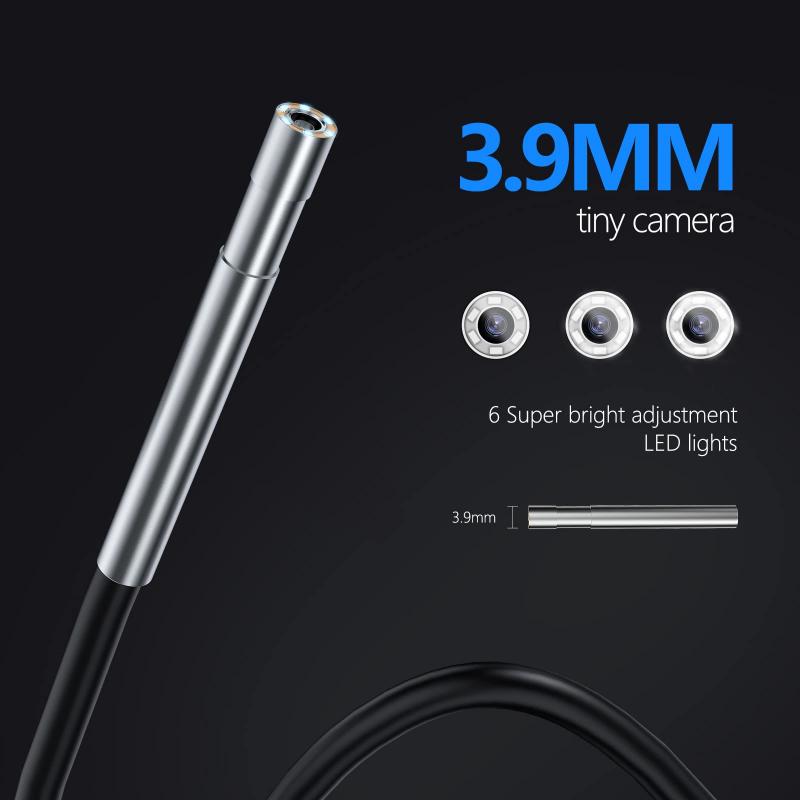
2、 Sample Preparation: Fixation, Dehydration, and Coating
A scanning electron microscope (SEM) is a powerful tool used in scientific research and industry to examine the surface of materials at a high resolution. It uses a focused beam of electrons to scan the sample, creating detailed images that can reveal the topography, composition, and other characteristics of the material.
Sample preparation is a crucial step in SEM analysis to ensure accurate and reliable results. Fixation is the first step, where the sample is treated to preserve its structure and prevent any changes during the imaging process. This is typically done by using chemical fixatives or cryofixation techniques.
Dehydration follows fixation, where water is removed from the sample to prevent distortion and shrinkage. This is usually achieved through a series of alcohol or acetone washes, gradually replacing the water with the dehydrating agent.
Coating is the final step in sample preparation for SEM analysis. It involves applying a thin layer of conductive material, such as gold or carbon, onto the sample surface. This coating helps to reduce charging effects and improve the quality of the images obtained.
In recent years, there have been advancements in sample preparation techniques for SEM analysis. For example, cryofixation methods have gained popularity as they allow for the preservation of samples in their native state, avoiding artifacts caused by chemical fixation. Additionally, new coating techniques, such as sputter coating, have been developed to provide more uniform and controlled coatings.
Furthermore, there is a growing interest in studying samples in their hydrated state using environmental SEM (ESEM). ESEM allows for the imaging of samples in a controlled humid environment, providing insights into dynamic processes and biological samples that would otherwise be altered or destroyed during traditional sample preparation methods.
In conclusion, sample preparation is a critical aspect of SEM analysis, ensuring accurate and high-quality imaging. Advances in fixation, dehydration, and coating techniques, as well as the development of new methods like cryofixation and ESEM, continue to enhance the capabilities of SEM and expand its applications in various fields of research and industry.
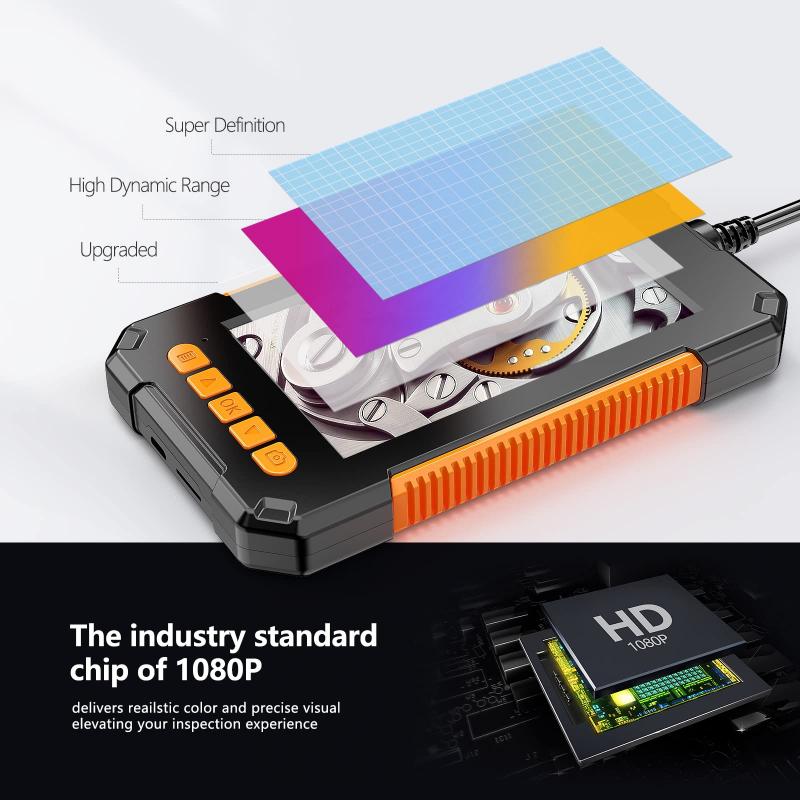
3、 Imaging Modes: Secondary Electron and Backscattered Electron Imaging
A scanning electron microscope (SEM) is a powerful imaging tool used in various scientific fields to study the surface morphology and composition of materials at high resolution. It operates by scanning a focused beam of electrons across the sample surface and detecting the signals emitted from the interaction between the electrons and the sample.
One of the primary imaging modes in SEM is secondary electron imaging (SEI). In SEI, the SEM detects the secondary electrons emitted from the sample surface due to the primary electron beam. These secondary electrons provide information about the topography and surface features of the sample. SEI is particularly useful for studying the surface morphology of materials, such as the shape, size, and texture of particles or the roughness of a surface.
Another imaging mode in SEM is backscattered electron imaging (BEI). In BEI, the SEM detects the backscattered electrons that are reflected back from the sample surface. These backscattered electrons are influenced by the atomic number and density variations within the sample, providing information about its composition and elemental distribution. BEI is commonly used to analyze the elemental composition of materials, identify phases, and study the distribution of different elements within a sample.
The latest advancements in SEM technology have led to improved resolution, faster imaging speeds, and enhanced analytical capabilities. For example, modern SEMs often incorporate advanced detectors and imaging techniques, such as energy-dispersive X-ray spectroscopy (EDS) and electron backscatter diffraction (EBSD), which allow for elemental analysis and crystallographic characterization of materials, respectively. Additionally, some SEMs now offer environmental capabilities, enabling imaging and analysis of samples under controlled atmospheric conditions or even in liquid environments.
In conclusion, SEM is a versatile imaging tool that utilizes secondary electron and backscattered electron imaging modes to provide high-resolution surface morphology and compositional information. With ongoing advancements, SEM continues to play a crucial role in various scientific disciplines, contributing to our understanding of materials at the micro- and nanoscale.

4、 Resolution and Magnification: Achievable Levels and Limitations
A scanning electron microscope (SEM) is a powerful imaging tool used in various scientific fields to observe the surface of materials at high resolution. It works by scanning a focused beam of electrons across the sample, and detecting the signals generated by the interaction between the electrons and the sample.
The resolution and magnification achievable with an SEM are significantly higher compared to other microscopy techniques. The resolution of an SEM is typically in the range of a few nanometers, allowing for detailed examination of surface features and structures. The magnification can range from a few times to several hundred thousand times, depending on the specific instrument and sample.
However, there are limitations to the achievable resolution and magnification in SEM. One limitation is the interaction volume between the electrons and the sample, which can cause blurring and loss of fine details. This is known as the "beam-sample interaction volume" and is influenced by factors such as the accelerating voltage and the composition of the sample.
Another limitation is the depth of field, which refers to the range of distances from the sample surface that appear in focus at a given magnification. In SEM, the depth of field is typically shallow, meaning that only a small portion of the sample can be in focus at a time. This can make it challenging to obtain a clear, overall view of the sample.
In recent years, advancements in SEM technology have been made to overcome some of these limitations. For example, the development of field emission SEMs (FE-SEMs) has improved resolution and signal detection capabilities. Additionally, the use of advanced detectors and imaging techniques, such as backscattered electron imaging and energy-dispersive X-ray spectroscopy, has enhanced the information that can be obtained from SEM images.
Overall, SEMs are valuable tools for studying the surface morphology and composition of materials, providing high-resolution and magnification capabilities. However, it is important to consider the limitations and optimize the imaging parameters to achieve the best results for a given sample.








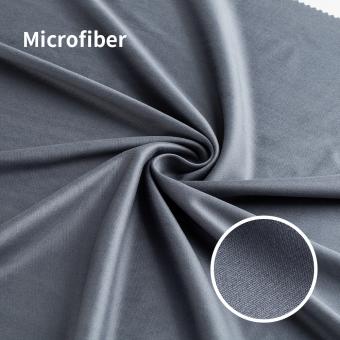




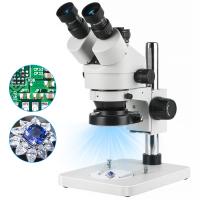








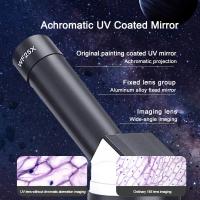

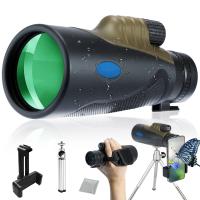
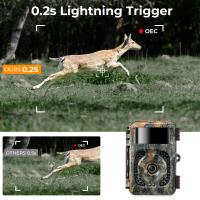


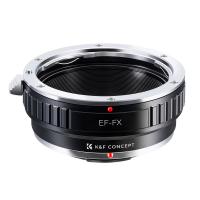

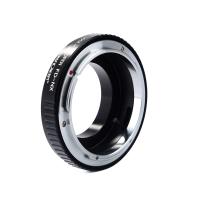
There are no comments for this blog.